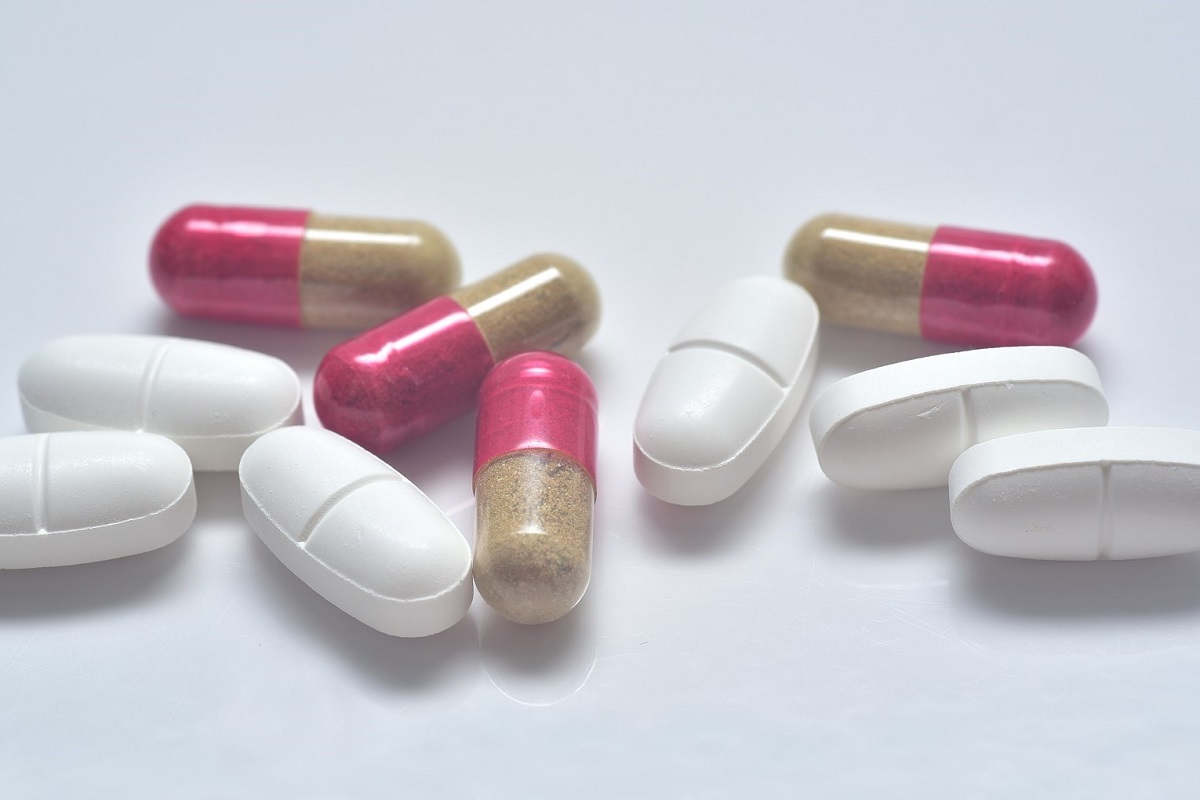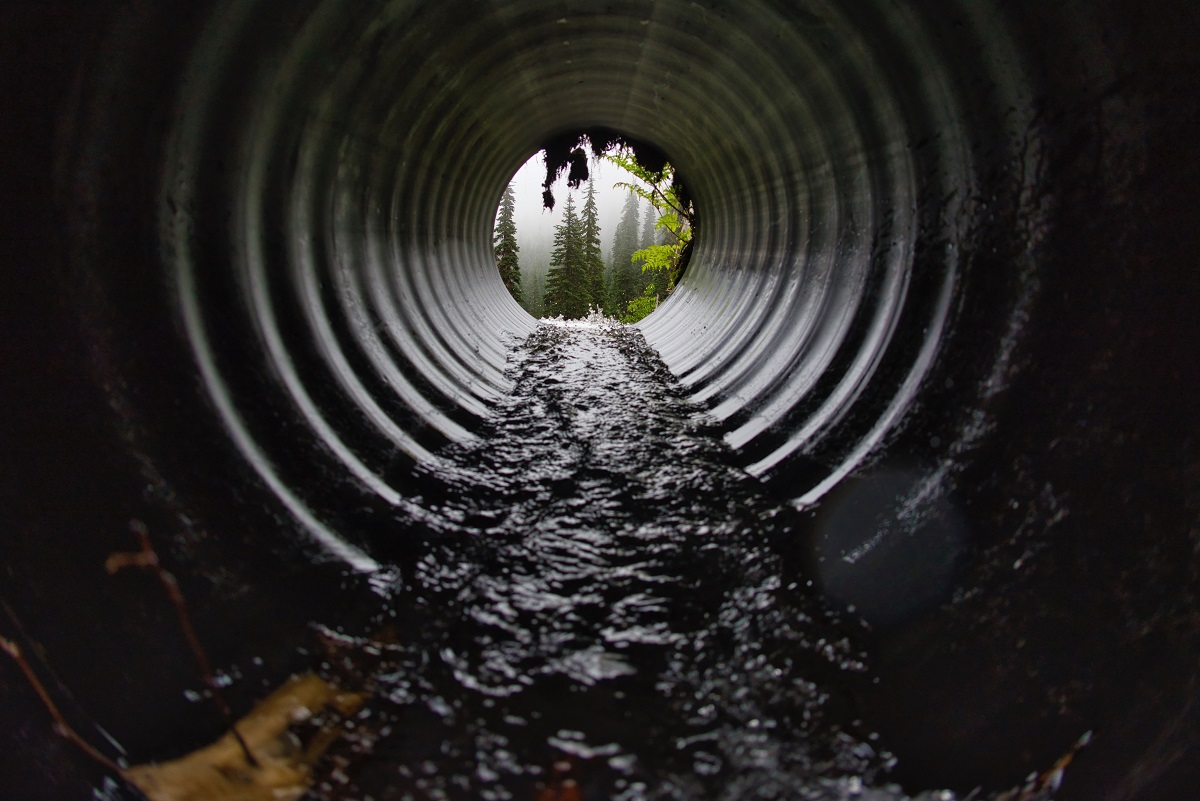Resistant bacteria arise in large rivers due to the high levels of antibiotics present in the water.

Medications and antibiotics found in 66% of the rivers studied in 72 countries.

A worldwide study confirmed the suspicion that many rivers, such as the Thames, are overloaded with antibiotics.
A worldwide study confirms the suspicion that many rivers, such as the Thames, the Loire, the Danube and the Tigris, are overloaded with antibiotics.
Rivers are the main source for bacteria to develop resistance against antibiotics.
“Many of the genes that become resistant are found in environmental bacteria,” says Prof. W. Gaze, from the University of Exeter.
According to the United Nations, resistant bacteria would cause an additional 10 million deaths by 2050.
Drugs, such as antibiotics, find their way into rivers through human/animal waste, through leaks from waste-water treatment plants and facilities for the production of medicines.
“It’s pretty scary and depressing,” said Alistair Boxall, an environmental scientist at the University of York, who led the research.

Samples taken from the Danube in Austria contain seven types of antibiotics.
Samples taken from the Danube in Austria contain seven types of antibiotics (4x the level considered as safe), including clarithromycin, which is used to treat respiratory tract infections such as pneumonia and bronchitis.
The Danube starts in the black forest, passes through Austria and flows into the Black Sea. The Danube is the second longest river in Europe.

The Thames infected by a mixture of five different types of antibiotics.
The Thames, nowadays considered one of the cleanest rivers in Europe, along with a few tributaries, was contaminated by a mixture of five different types of antibiotics.
One location on the river and three on the tributaries were polluted above safe levels. Ciprofloxacin, which treats skin and urinary tract infections, peaked at more than three times the safe antibiotic levels.
Even rivers infected with low levels of antibiotics pose a threat, Gaze said. “Even the low concentrations of antibiotics in European rivers can stimulate the evolution of resistance and increase the likelihood that resistant genes will transfer to human pathogens,” he says.

In 111 of the locations, the concentrations of antibiotics exceeded safe levels, in the worst cases by more than 300 times the safe limit.
In 111 of the locations, the concentrations of antibiotics exceeded safe levels, in the worst cases by more than 300 times above the safe limit.
In Bangladesh, metronidazole, used to treat vaginal infections, was found more than 300 times above the safe level.
The residues were detected in the vicinity of a waste water treatment plant. Countries with a lower income often lack the technology to remove medication from water.

Inappropriate drainage of sewage water was observed at a location in Kenya, this resulted in high antibiotic concentration up to 100 times above the safe level.
Inappropriate drainage of sewage and waste directly into rivers was observed at a location in Kenya, resulting in a high antibiotic concentration up to 100 times above the safe level. The research team is now planning to assess the environmental impact of antibiotic pollution on wildlife, including fish, invertebrates, and algae. They expect serious consequences.
“The drug levels in some Kenyan rivers were so high that no fish could survive,” Boxall said.